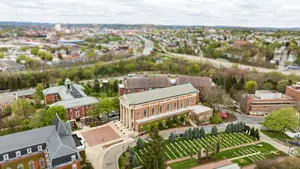Jesuit Tradition
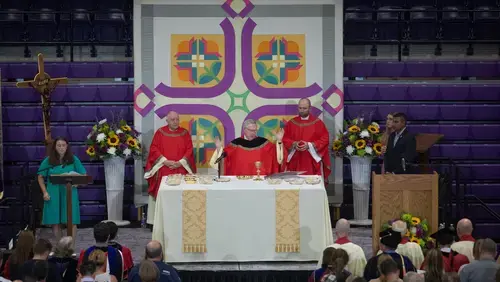
At Holy Cross, students discover purpose, follow their passions, and forge new and unexpected paths.
Our Jesuit tradition began more than 500 years ago, when St. Ignatius, through self-reflection and a spiritual awakening, set out on a journey he never envisioned for himself.
Ignatius, a former warrior, surrendered his weapons and picked up a pen to draft what would become Spiritual Exercises — a collection of meditations and prayers that serve as the foundation for the Society of Jesus, also known as the Jesuit order. In finding the Society of Jesus in 1540, Ignatius concentrated on promoting faith through the development of the whole person — caring for individuals’ mental and physical health while acknowledging their dignity.
Following the Jesuit Tradition
Five centuries later, these ideals are baked into the community at Holy Cross from academics to athletics. Following in Igantius’ footsteps, we call on every individual on campus to walk beside marginalized communities.
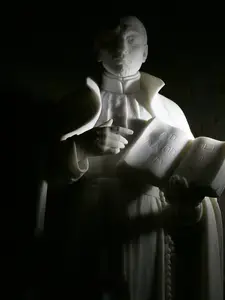
A statue honoring St. Ignatius.
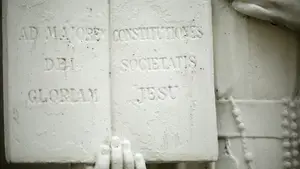
St. Ignatius' scholarship reminding us of the Jesuit way of living.
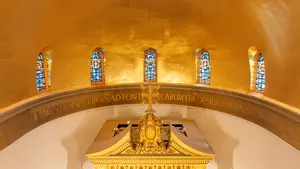
A detailed view at the domed ceiling above the altar in St. Joseph's Chapel.

Students enjoying themselves in St. Joseph's Chapel for a multifaith prayer.

Students participating in multifaith prayer.
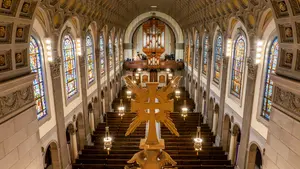
A glimpse at St. Joseph's Chapel in its entirety.
Though each journey is unique, our community answers a common call: to live as people for and with others. We work to care for the whole person, to stand for justice and equity, to understand our experiences within the context of the broader world and to seek justice for the poor and powerless.
To do this requires us to listen many times to someone with whom we disagree. Through dialogue and discernment, we open our minds to new possibilities. When one person listens and insightfully interprets what another is saying — and then respectfully expresses their own experiences — both individuals gain a new understanding of themselves, their peers and the world.
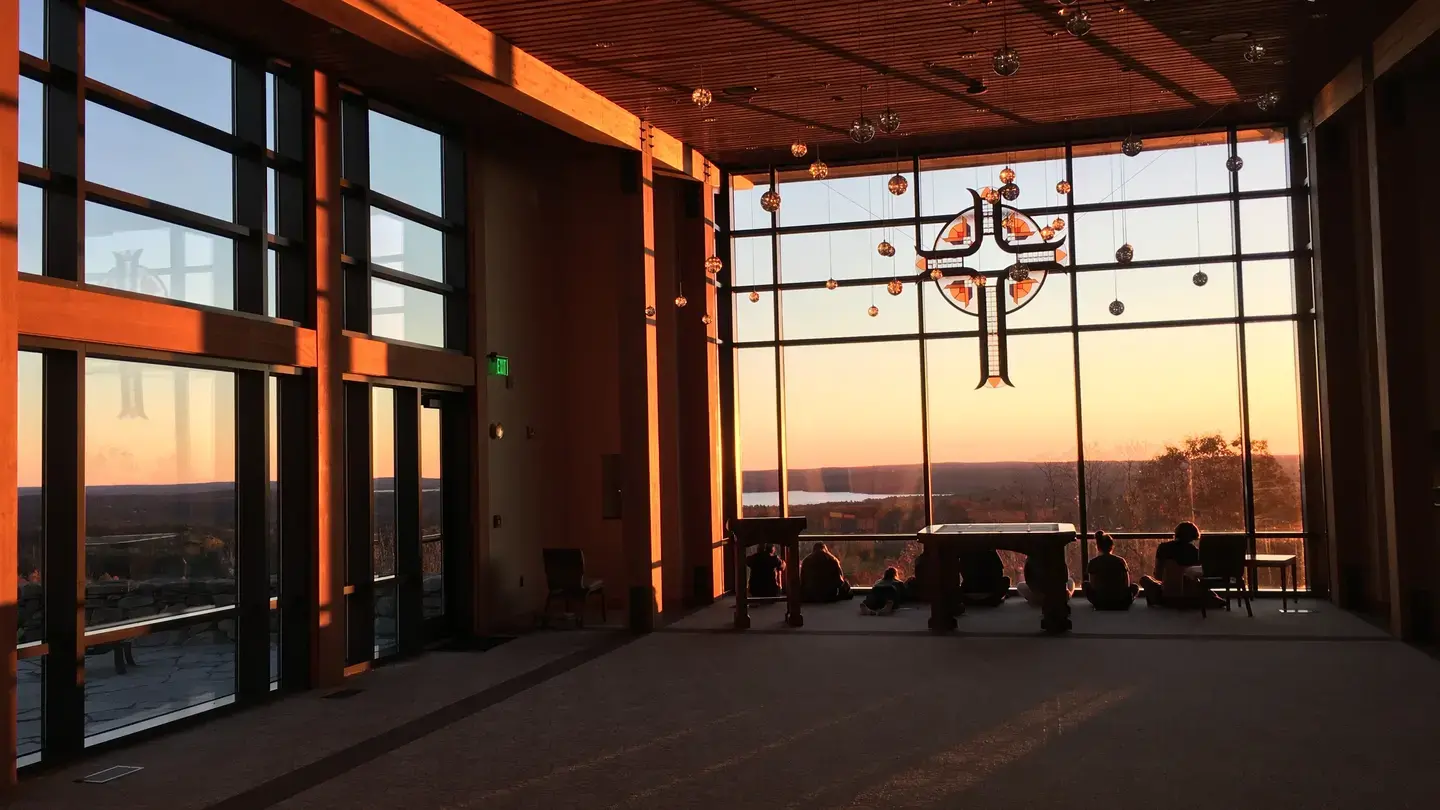
Holy Cross’ Jesuit liberal arts tradition, encourages us to reflect on life’s most profound questions: Who have I been? Who am I now? Who do I want to become in the world? How do I want to live for others? The search for knowledge makes us better scholars, global citizens and leaders—ready and willing to do all we can to create a more hope-filled future.
 Vincent D. Rougeau, Holy Cross President
Vincent D. Rougeau, Holy Cross President
